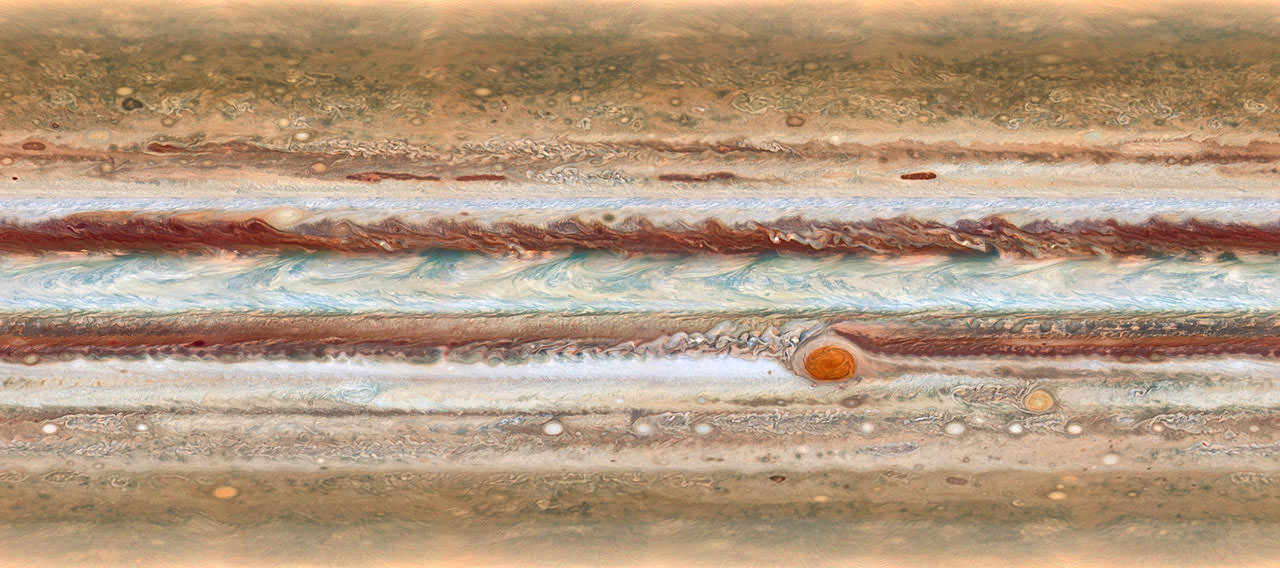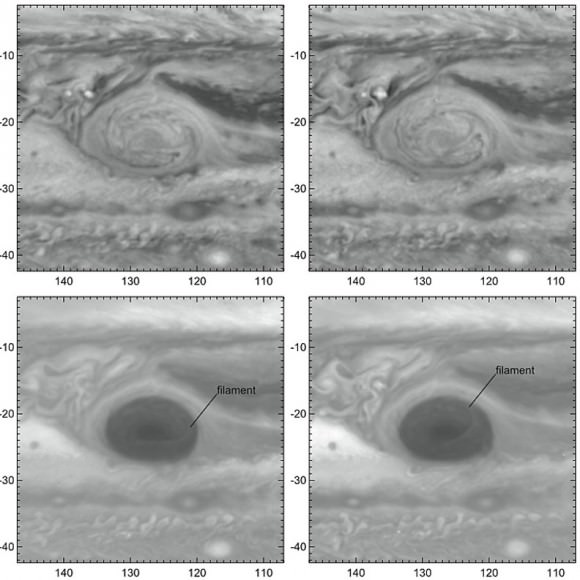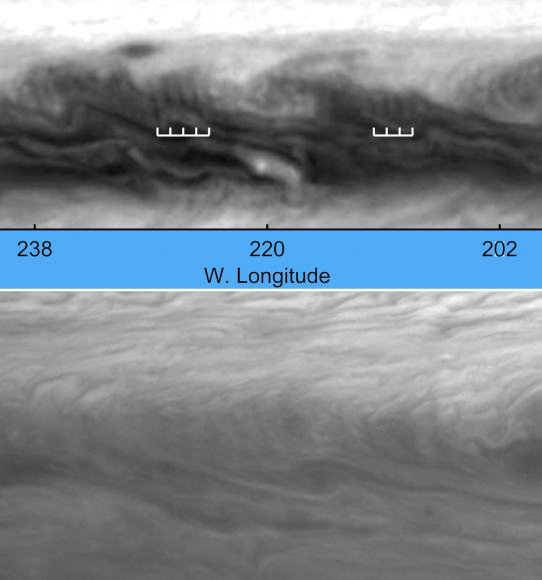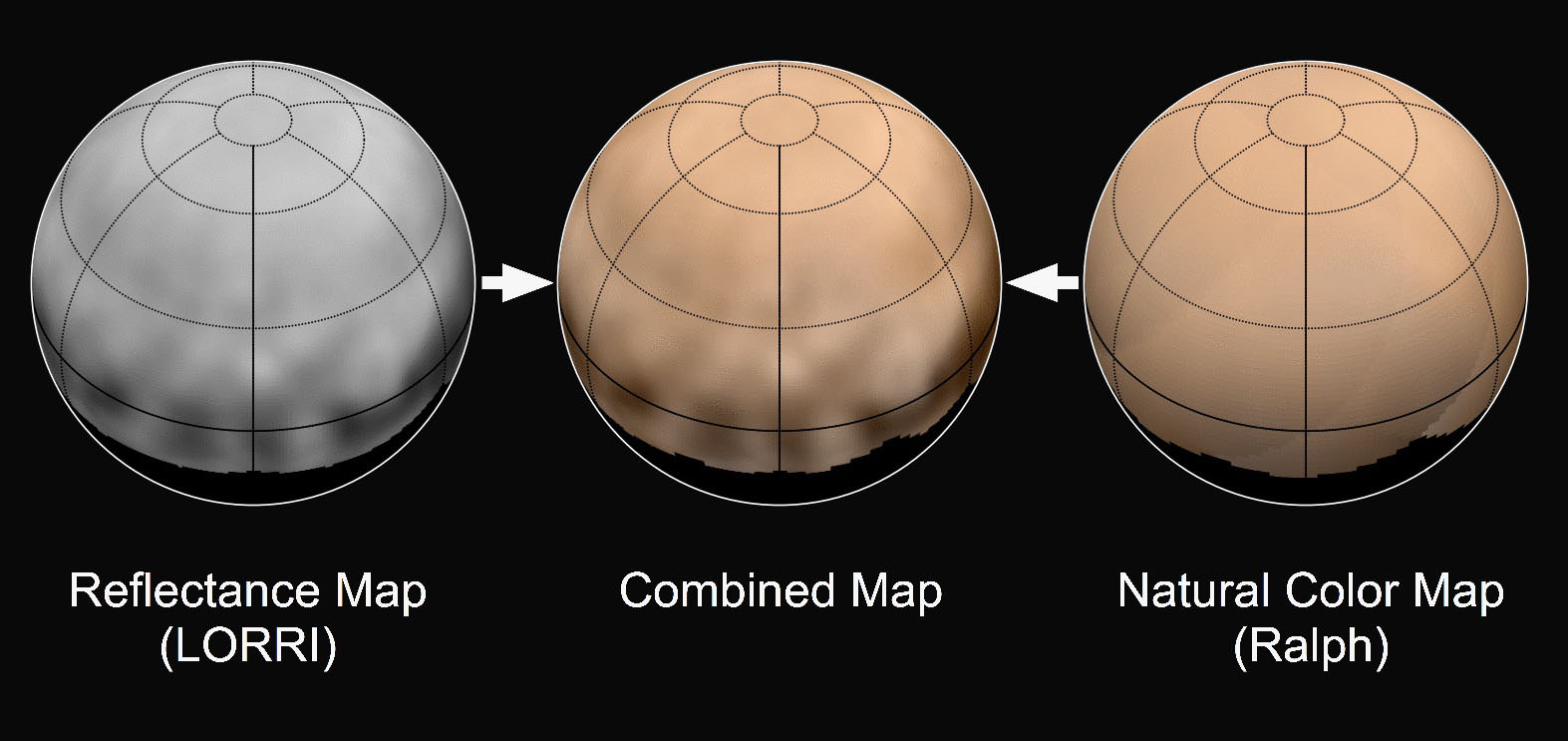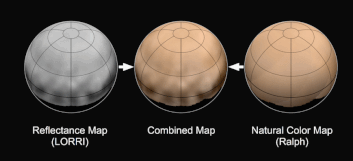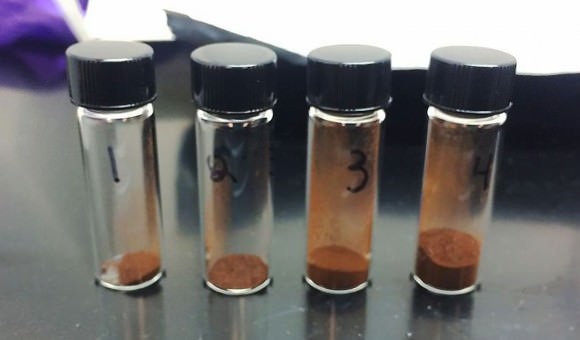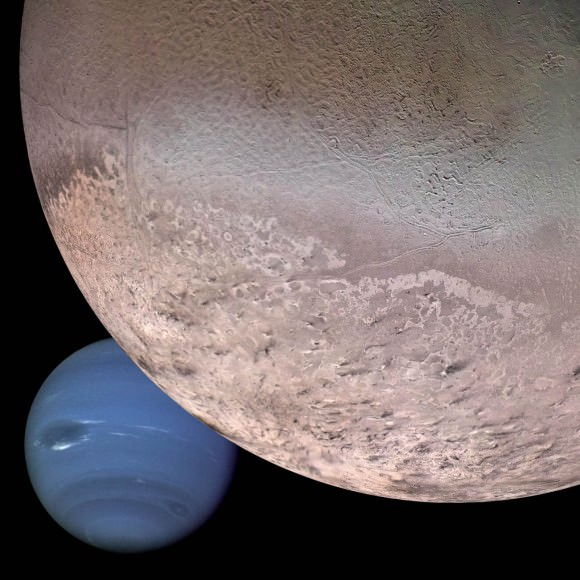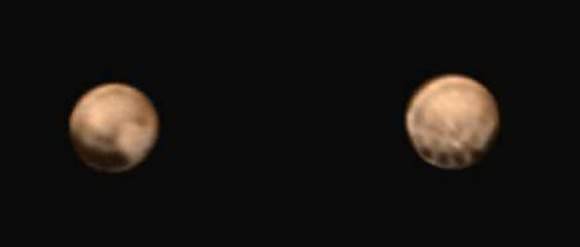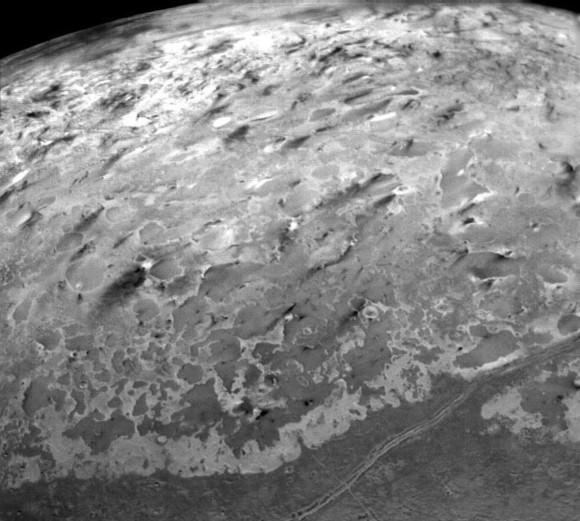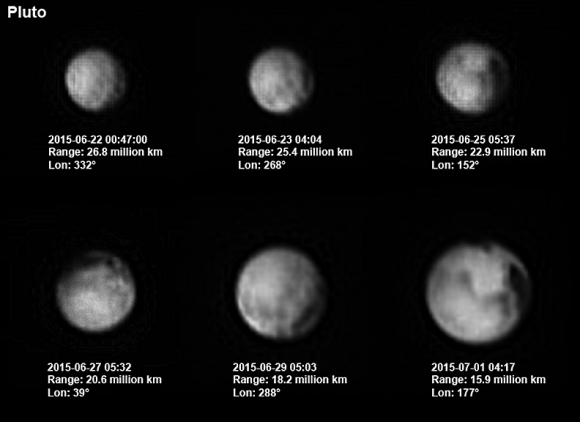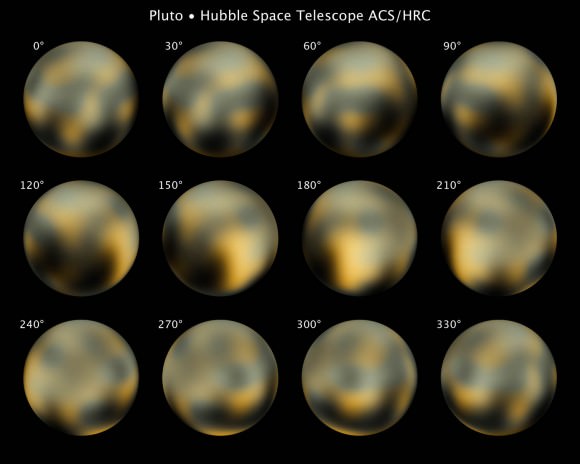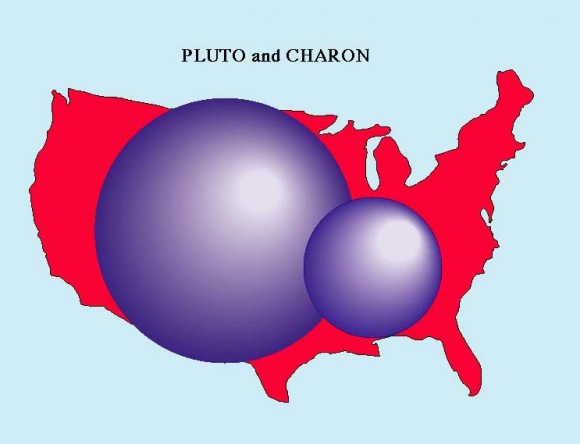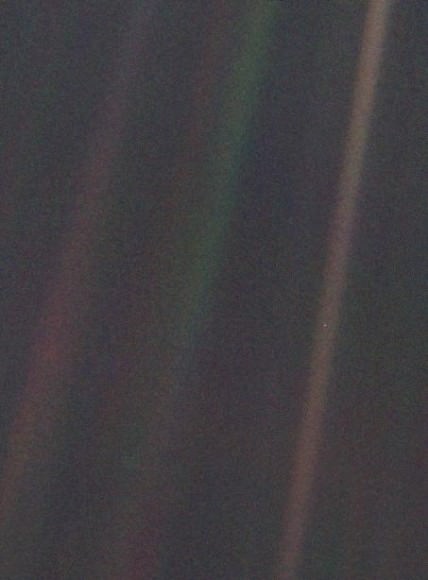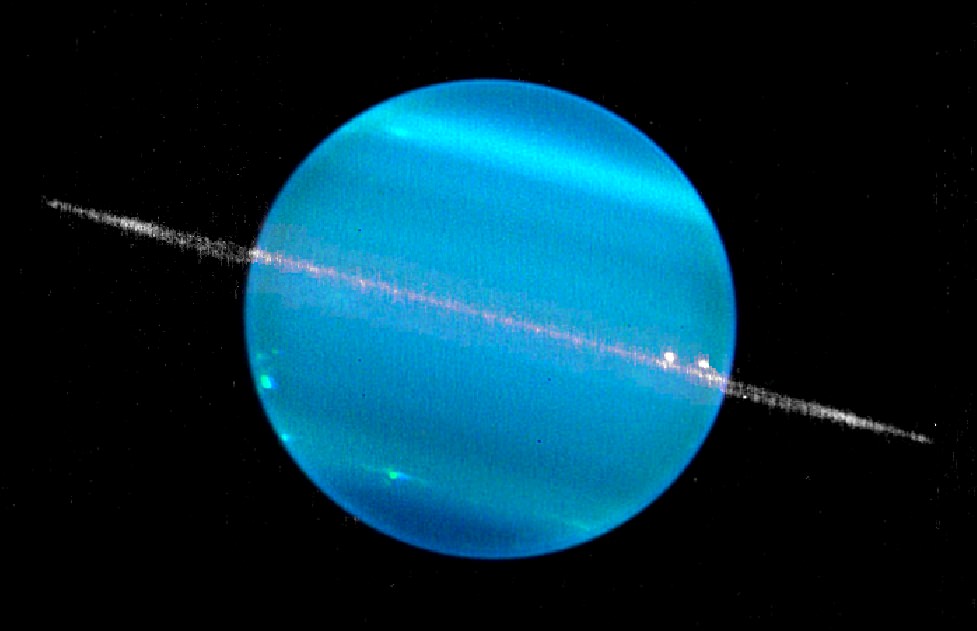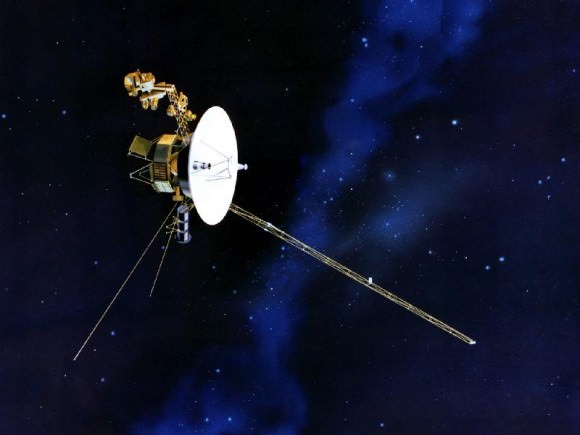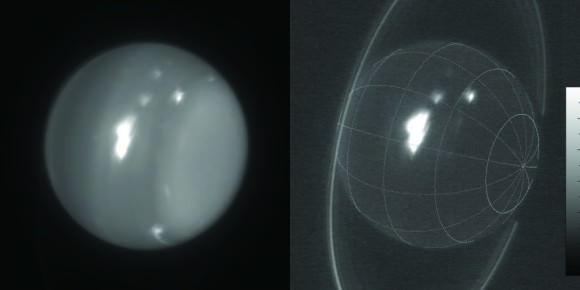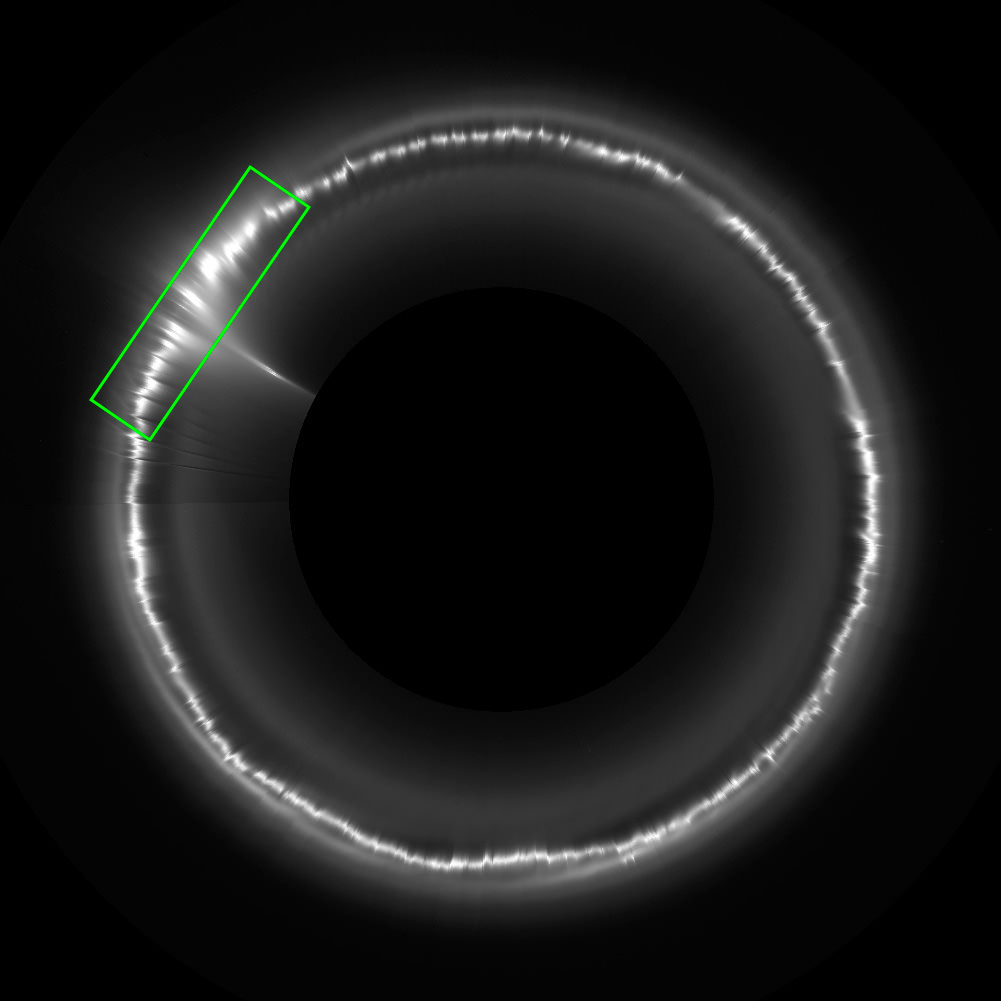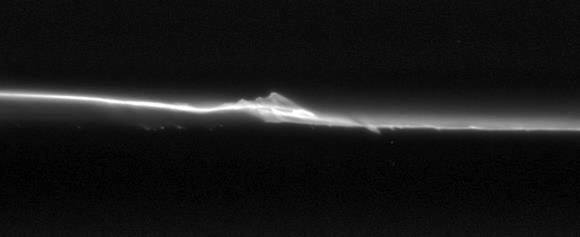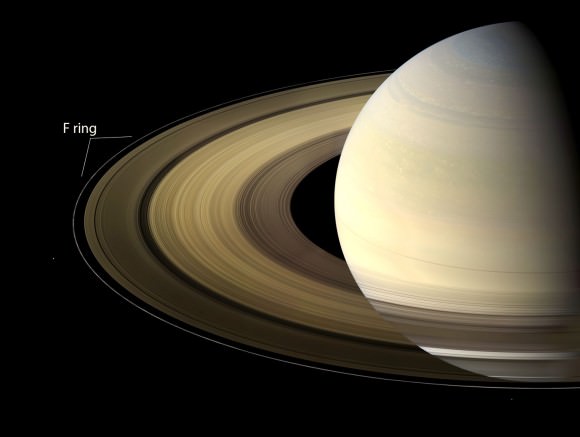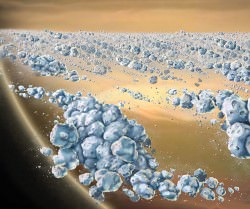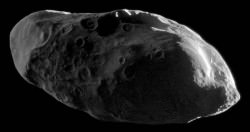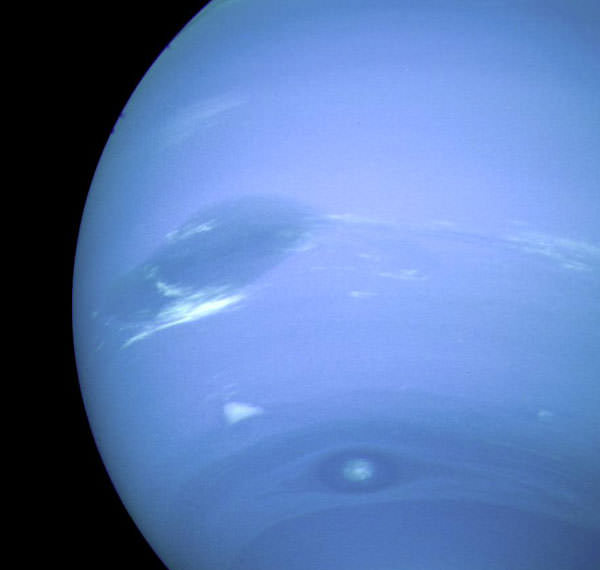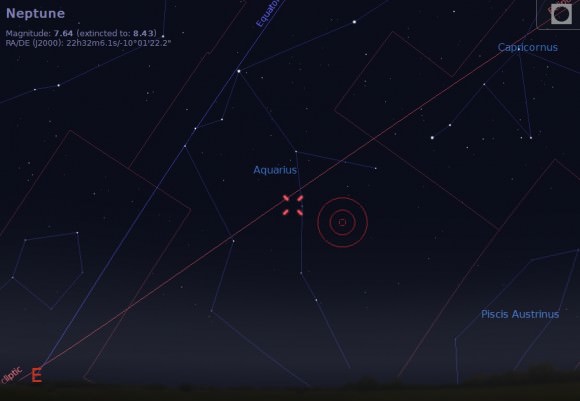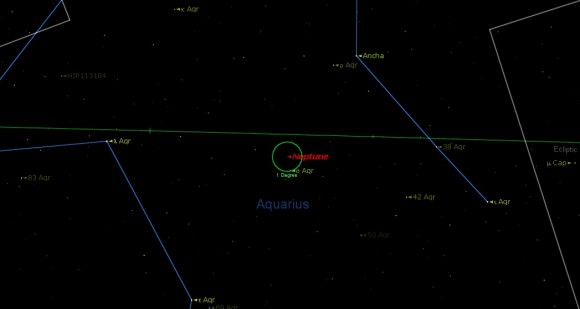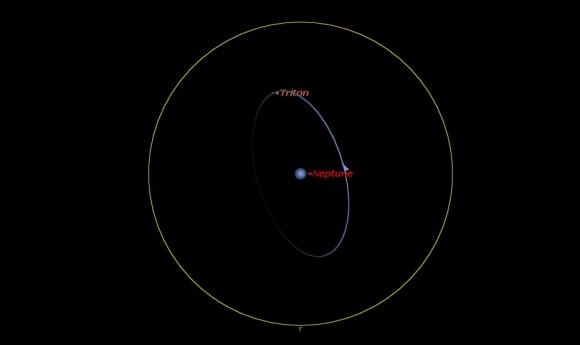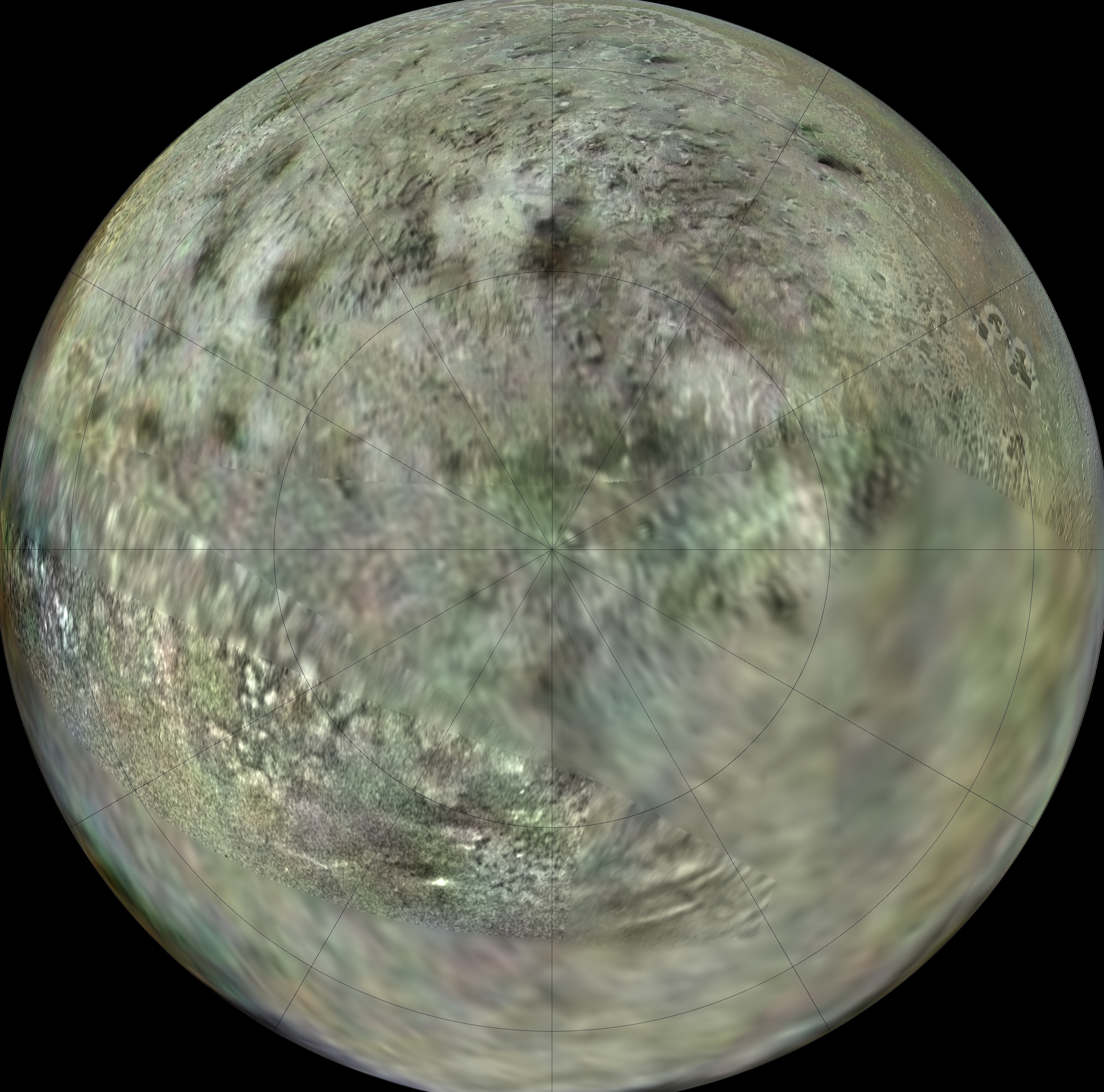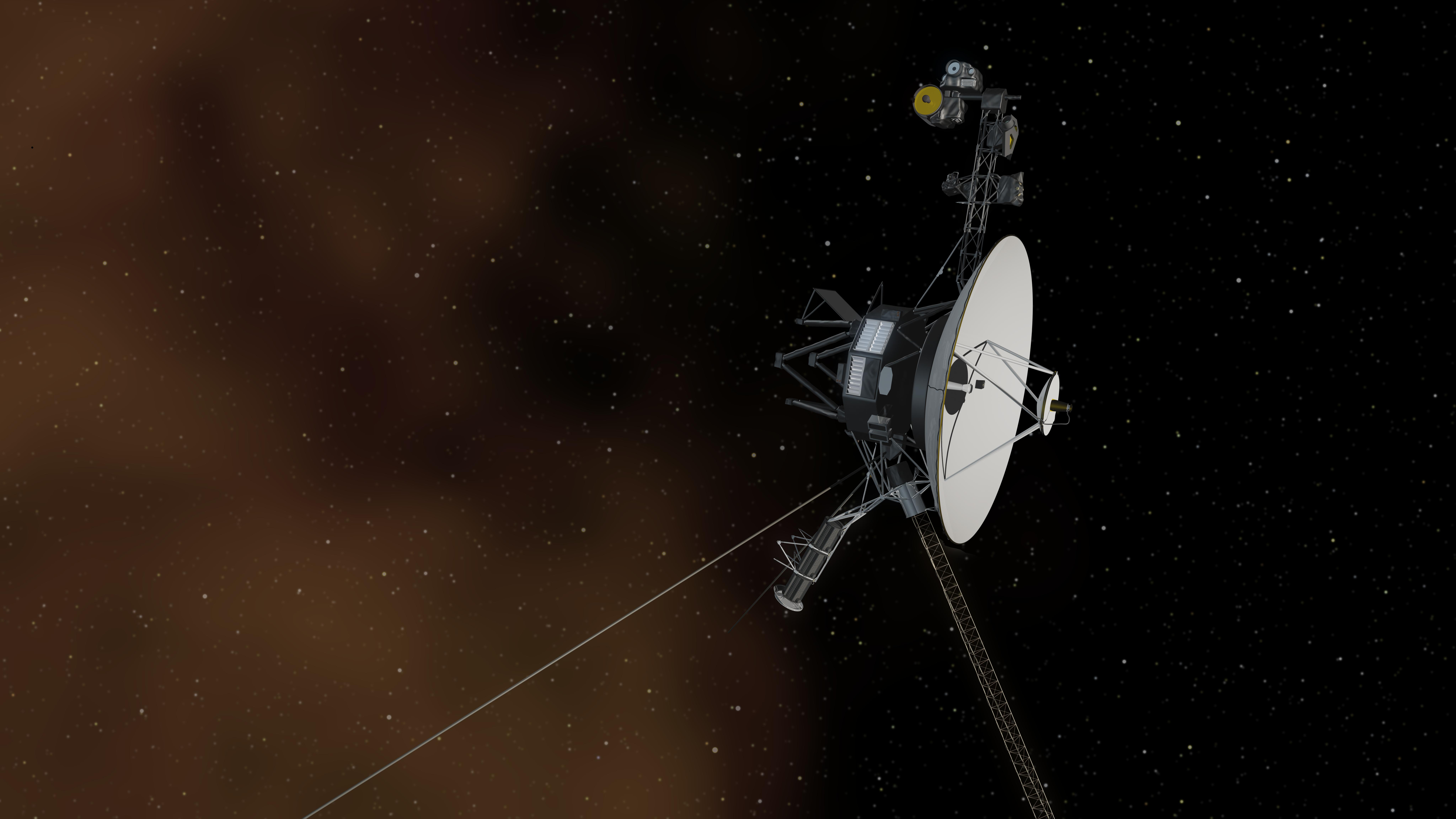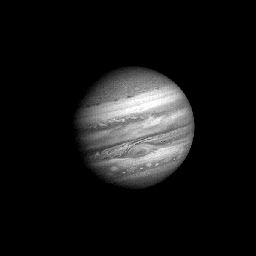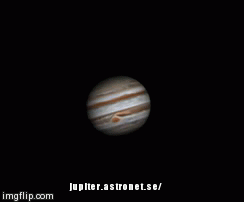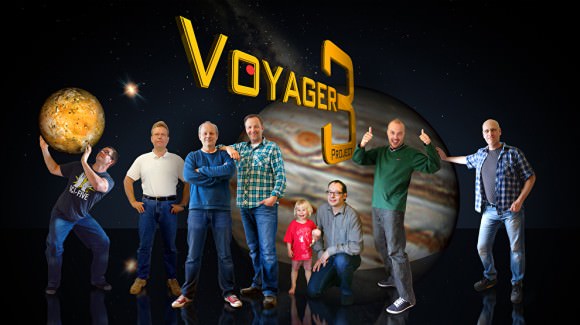The twin Voyager spacecraft are now making their way through the interstellar medium. Even though they are going where none have gone before, the path ahead it is not completely unknown.
Astronomers are using the Hubble Space Telescope to observe the ‘road’ ahead for these pioneering spacecraft, to ascertain what various materials may lay along the Voyagers’ paths through space.
Combining Hubble data with the information the Voyagers are able to gather and send back to Earth, astronomers said a preliminary analysis reveals “a rich, complex interstellar ecology, containing multiple clouds of hydrogen laced with other elements.”
“This is a great opportunity to compare data from in situ measurements of the space environment by the Voyager spacecraft and telescopic measurements by Hubble,” said Seth Redfield of Wesleyan University, who led the study. “The Voyagers are sampling tiny regions as they plow through space at roughly 38,000 miles per hour. But we have no idea if these small areas are typical or rare. The Hubble observations give us a broader view because the telescope is looking along a longer and wider path. So Hubble gives context to what each Voyager is passing through.”
The combined data is also providing new insights into how our Sun travels through interstellar space, and astronomers hope that these combined observations will help them characterize the physical properties of the local interstellar medium.
“Ideally, synthesizing these insights with in situ measurements from Voyager would provide an unprecedented overview of the local interstellar environment,” said Hubble team member Julia Zachary of Wesleyan University.
The initial look at the clouds’ composition shows very small variations in the abundances of the chemical elements contained in the structures.
“These variations could mean the clouds formed in different ways, or from different areas, and then came together,” Redfield said.
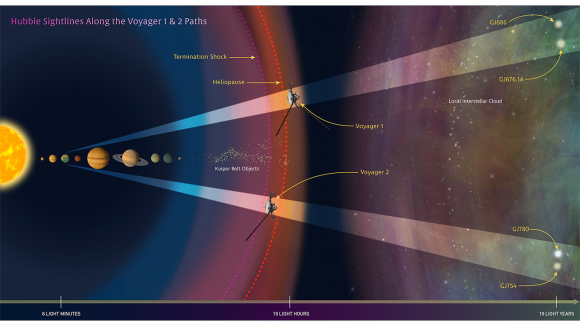
Astronomers are also seeing that the region that we and our solar system are passing through right now contains “clumpier” material, which may affect the heliosphere, the large bubble that is produced by our Sun’s powerful solar wind. At its boundary, called the heliopause, the solar wind pushes outward against the interstellar medium. Hubble and Voyager 1 made measurements of the interstellar environment beyond this boundary, where the wind comes from stars other than our sun.
“I’m really intrigued by the interaction between stars and the interstellar environment,” Redfield said. “These kinds of interactions are happening around most stars, and it is a dynamic process.”
Both Voyagers 1 and 2 launched in 1977 and both explored Jupiter and Saturn. Voyager 2 went on to visit Uranus and Neptune.
Voyager 1 is now 13 billion miles (20 billion km) from Earth, and entered interstellar space in 2012, the region between the stars that is filled with gas, dust, and material recycled from dying stars. It is the farthest a human-made spacecraft has even traveled. Next big ‘landmark’ for Voyager 2 is in about 40,000 years when it will come within 1.6 light-years of the star Gliese 445, in the constellation Camelopardalis.
Voyager 2, is 10.5 billion miles (16.9 billion km) from Earth, and will pass 1.7 light-years from the star Ross 248 in about 40,000 years.
Of course, neither spacecraft will be operational by then.
But scientists hope that for at least the next 10 years, the Voyagers will be making measurements of interstellar material, magnetic fields, and cosmic rays along their trajectories. The complimentary Hubble observations will help to map interstellar structure along the routes. Each sight line stretches several light-years to nearby stars. Sampling the light from those stars, Hubble’s Space Telescope Imaging Spectrograph measured how interstellar material absorbed some of the starlight, leaving telltale spectral fingerprints.
When the Voyagers run out of power and are no longer able to communicate with Earth, astronomers still hope to use observations from Hubble and subsequent space telescopes to characterize the environment where our robotic emissaries to the cosmos will travel.
Source: HubbleSite


